Update to the Superintendent's Compendium
Freedom Riders National Monument recently updated the Superintendent’s Compendium for 2025. The Compendium is a set of designations, closures, permit requirements, and other restrictions created by the Superintendent to manage the national monument. There were several changes from the previous version especially concerning Filming and Still Photography (Section 1.5), and the designation a Demonstration and First Amendment Site (Section 2.51).
| Title | Freedom Riders |
| Park Code | frri |
| Description | In 1961, a small interracial band of “Freedom Riders” challenged discriminatory laws requiring separation of the races in interstate travel. They were attacked by white segregationists, who firebombed the bus. Images of the attack appeared in hun... |
| Location | |
| Contact | |
| Activities |
|
| Entrance fees |
|
| Campgrounds | Count: 0
|
| Places | Count: 9
Alabama: Freedom Riders National MonumentThe Freedom Riders National Monument is located in Anniston, Alabama. It was established in 2017 to commemorate the 1961 Freedom Rides during the African American Civil Rights movement. The monument is managed by the National Park Service. Anniston Trailways StationThe Trailways Station in downtown Anniston was the site of violence and intimidation of Freedom Riders in route to Birmingham on May 14, 1961. 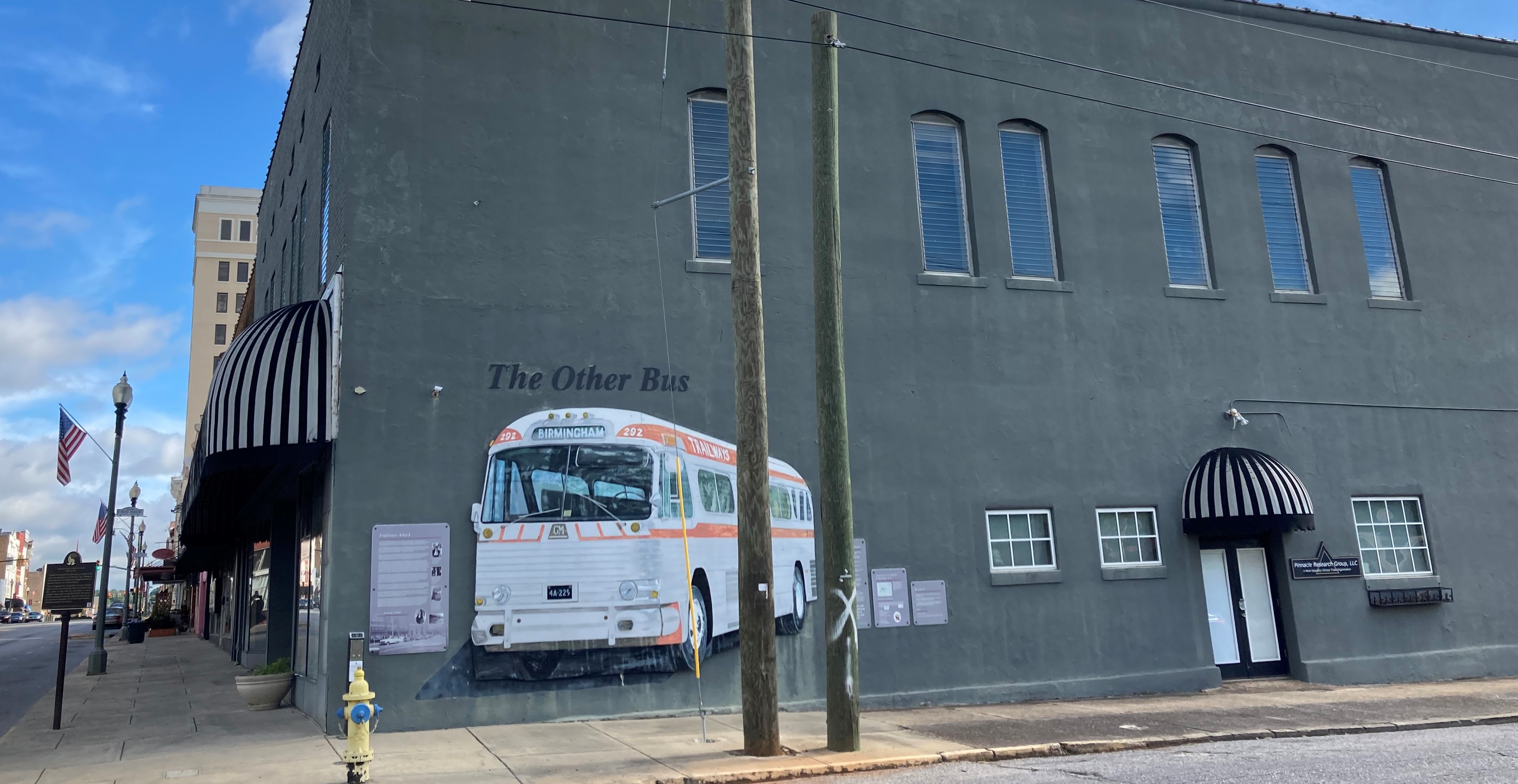
Greyhound Bus Burning SiteOn this site in May of 1961, a small group of nonviolent activists called Freedom Riders were attacked by a white mob. 
Greyhound Bus DepotThe Anniston Greyhound Bus Depot witnessed the early stages of mob violence against a small group of nonviolent Freedom Riders in May of 1961. 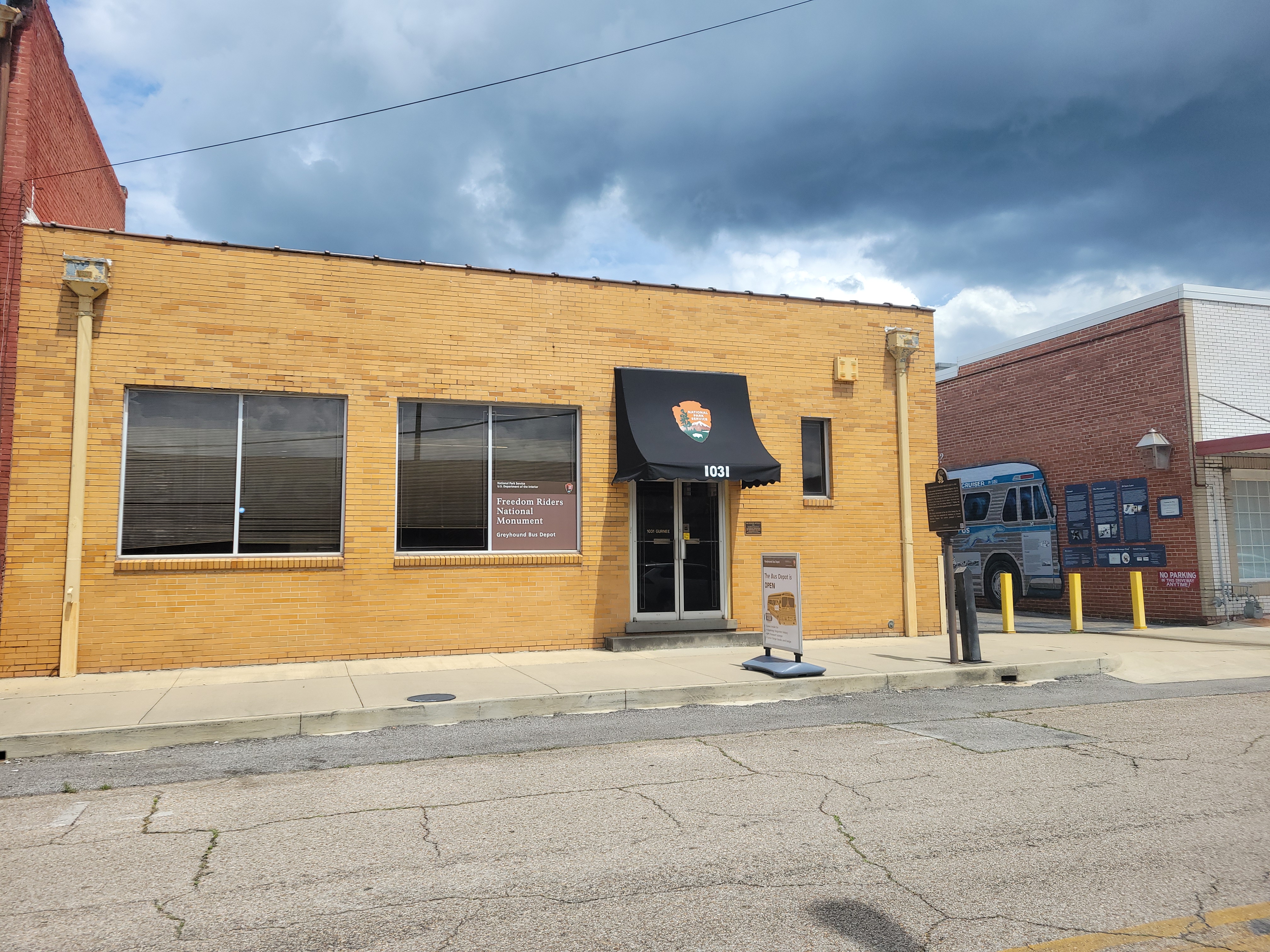
Greyhound Bus MuralThis mural, titled "Could You Get on the Bus?", commemorates the Freedom Riders attacked in Anniston on May 14, 1961 at the Greyhound Bus Depot. The mural faces the alleyway where the attack began. 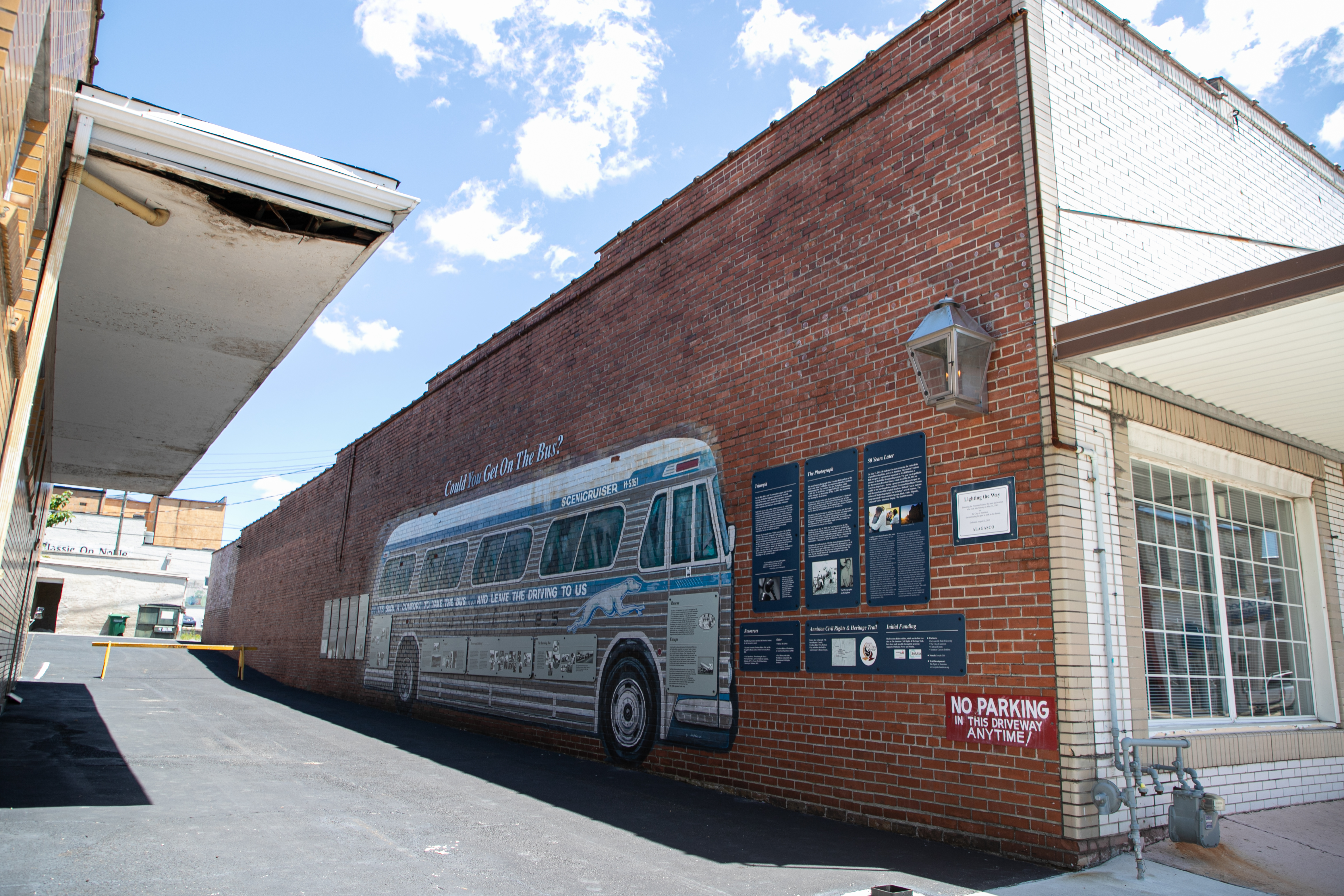
Noble Street ParkLocated in the heart of the Downtown Anniston Historic District, this street corner provides a welcome resting place during an afternoon of exploration in downtown Anniston. 
Public Library of Anniston-Calhoun CountyThe Public Library of Anniston-Calhoun County was the site of integration efforts by African American faith leaders in 1963. 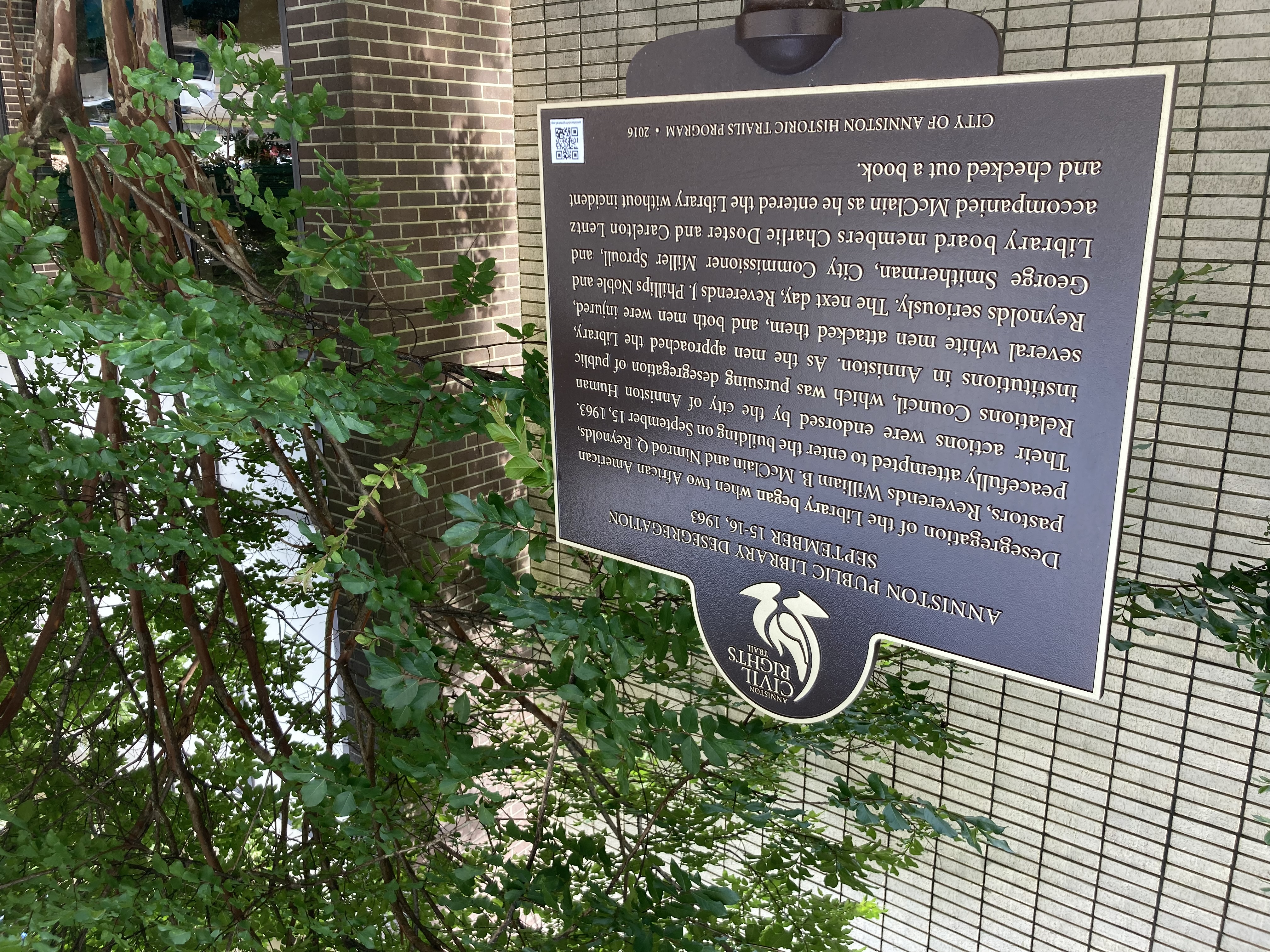
West 15th Street Historic DistrictA "city within a city," the West 15th Historic District was the epicenter for African American commercial and social life in Anniston between 1898 and 1950. 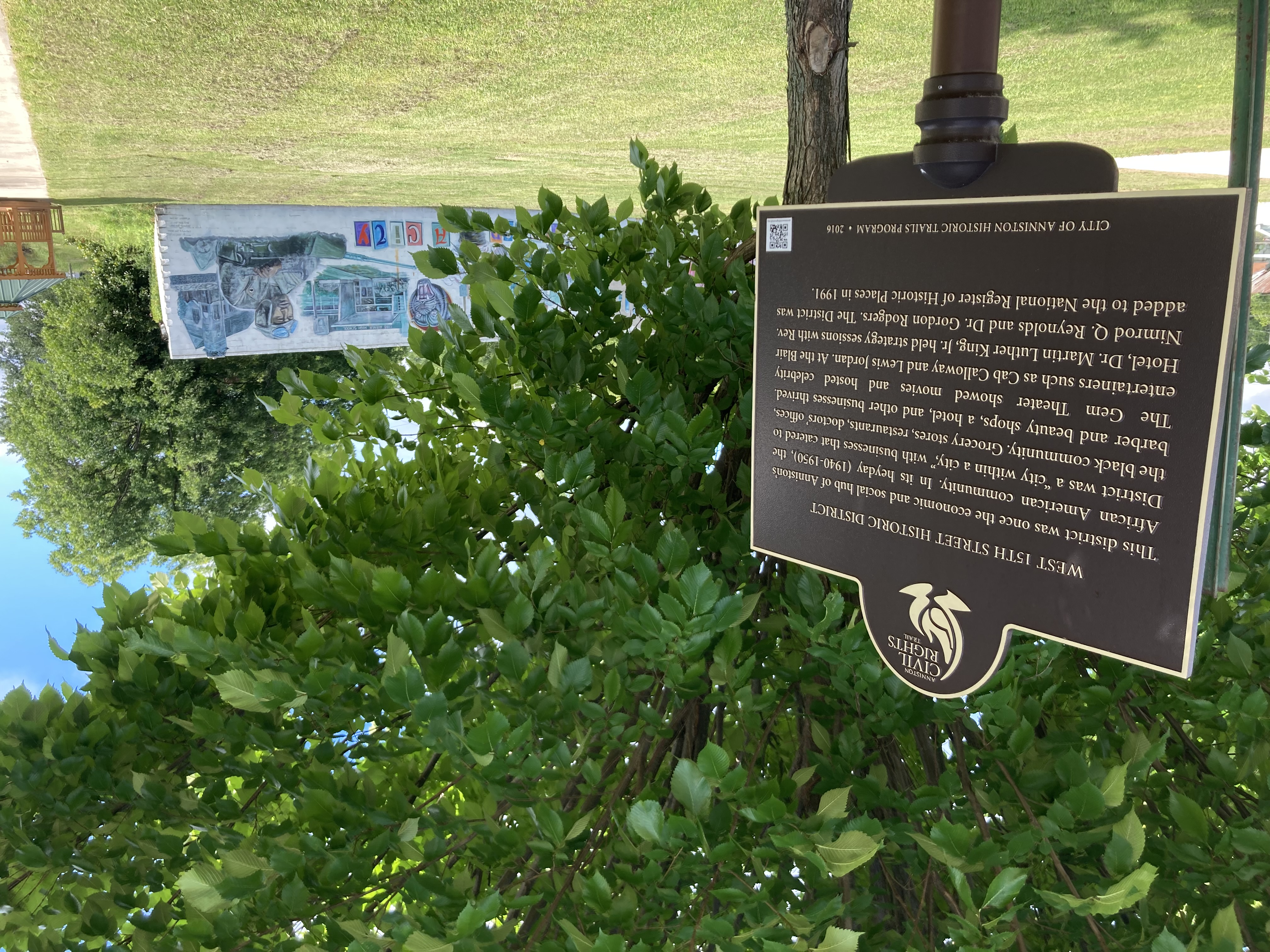
Zinn ParkZinn Park is an inviting downtown park, located a few blocks off Noble Street in downtown Anniston. 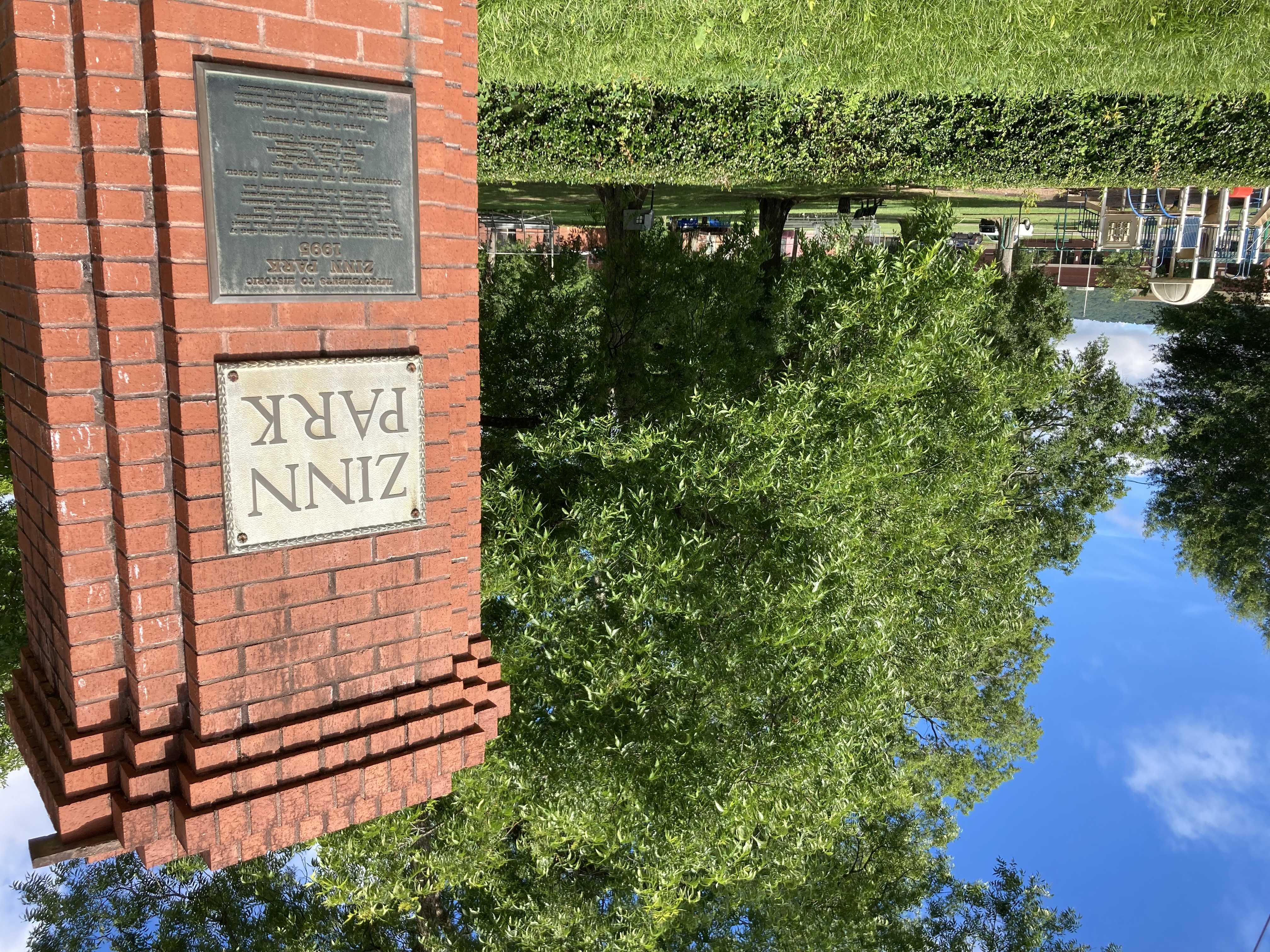
|
| Visitor Centers | Count: 2
Anniston Greyhound Bus Depot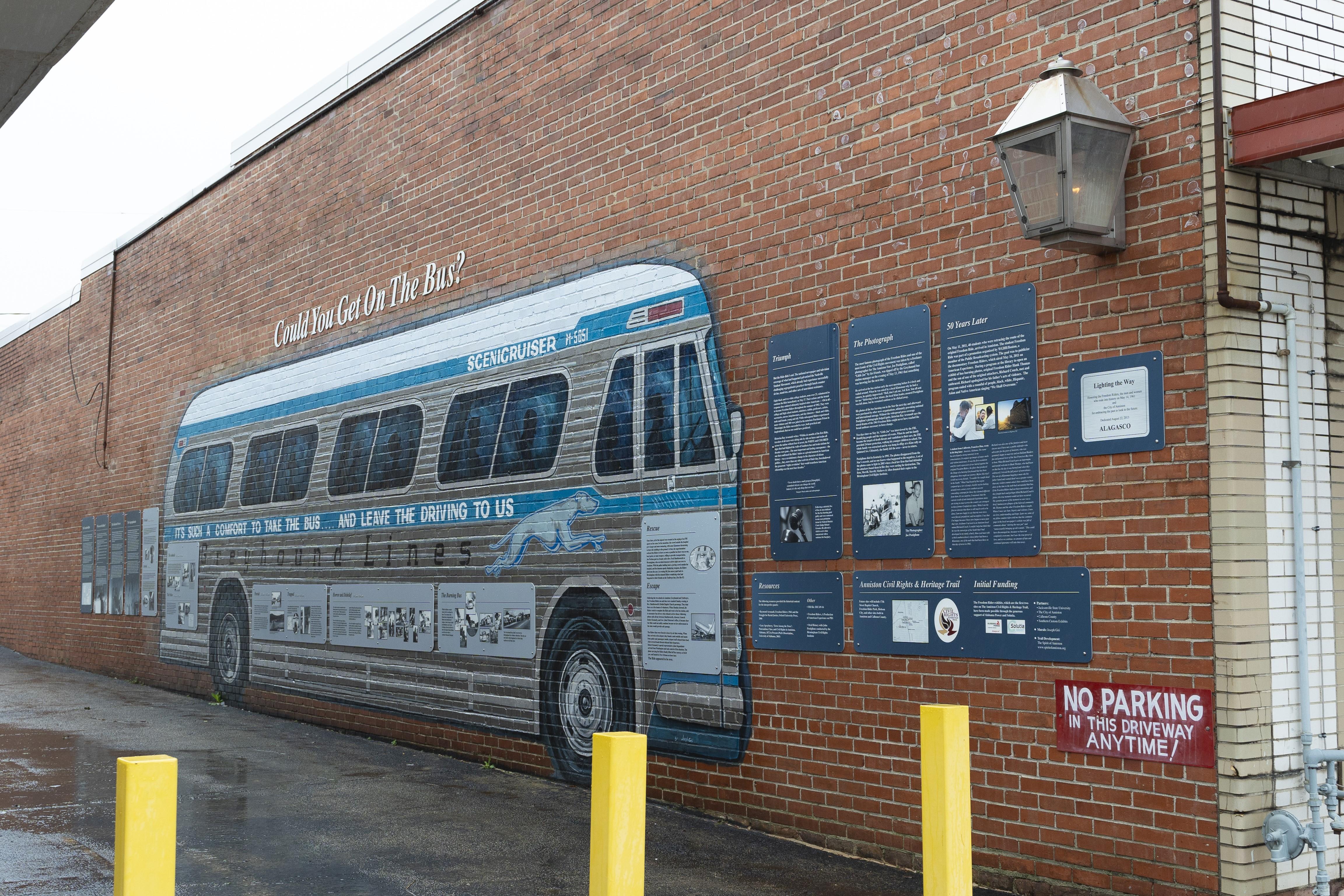
Calhoun County Chamber of Commerce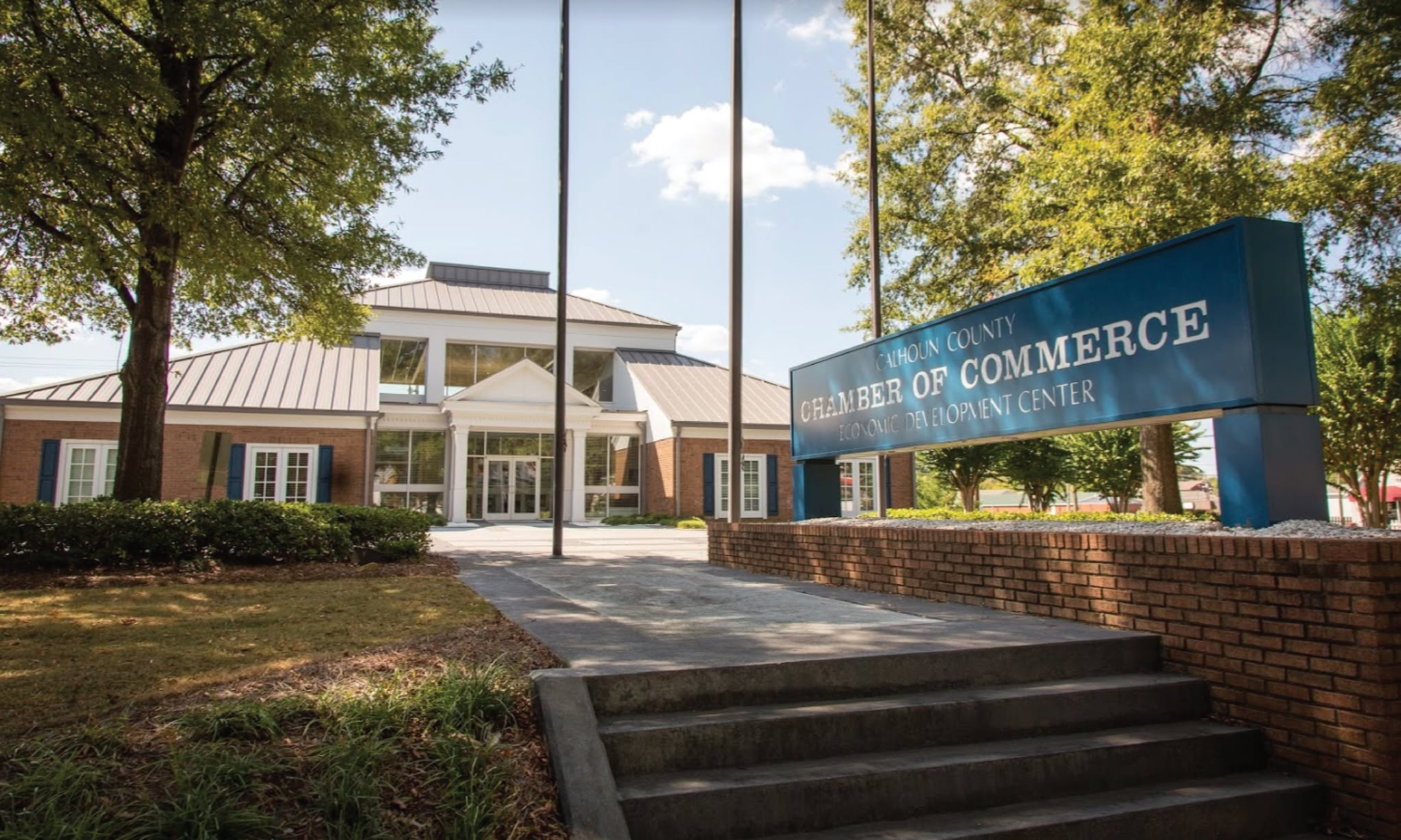
|
| Things to do | Count: 3
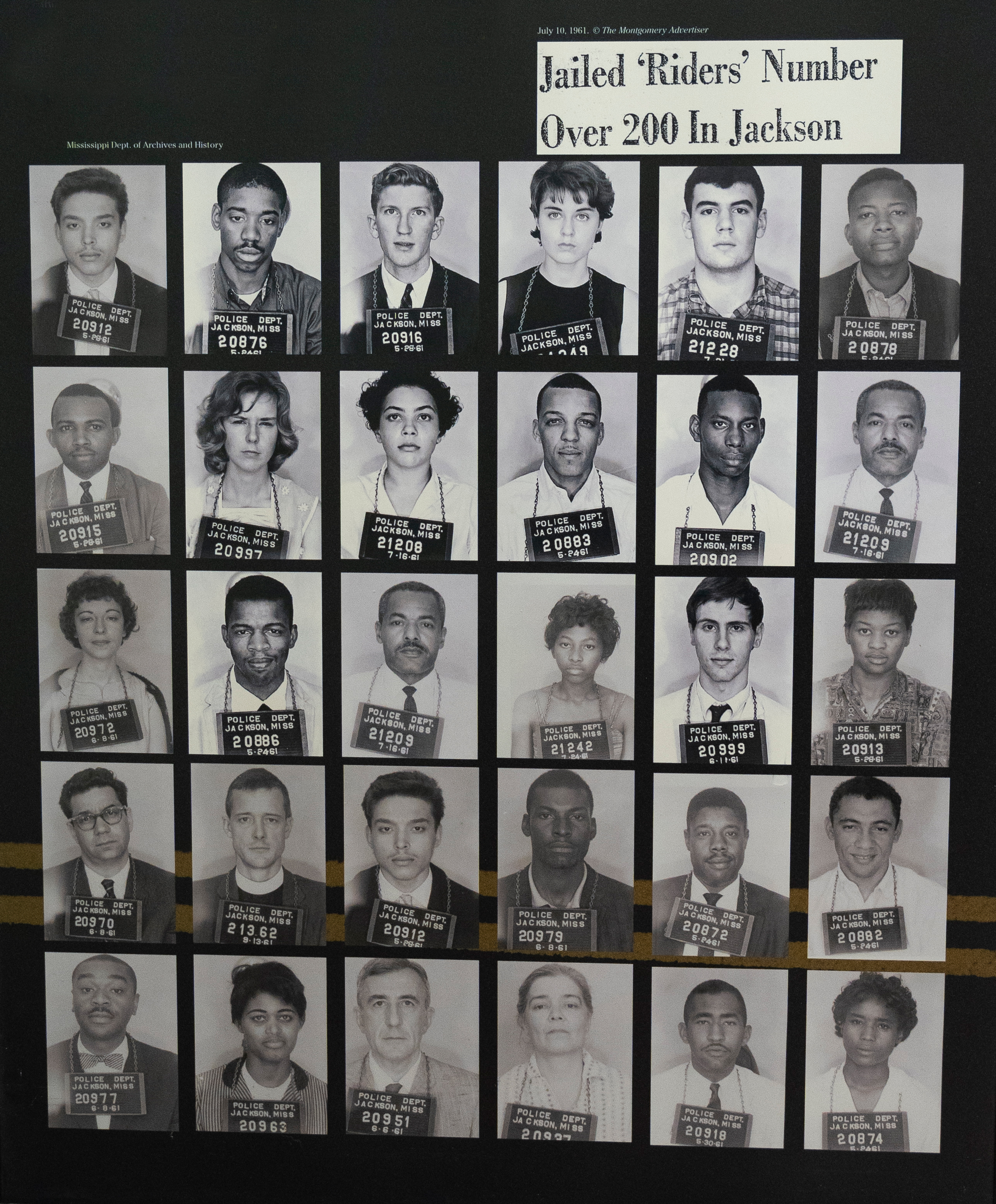

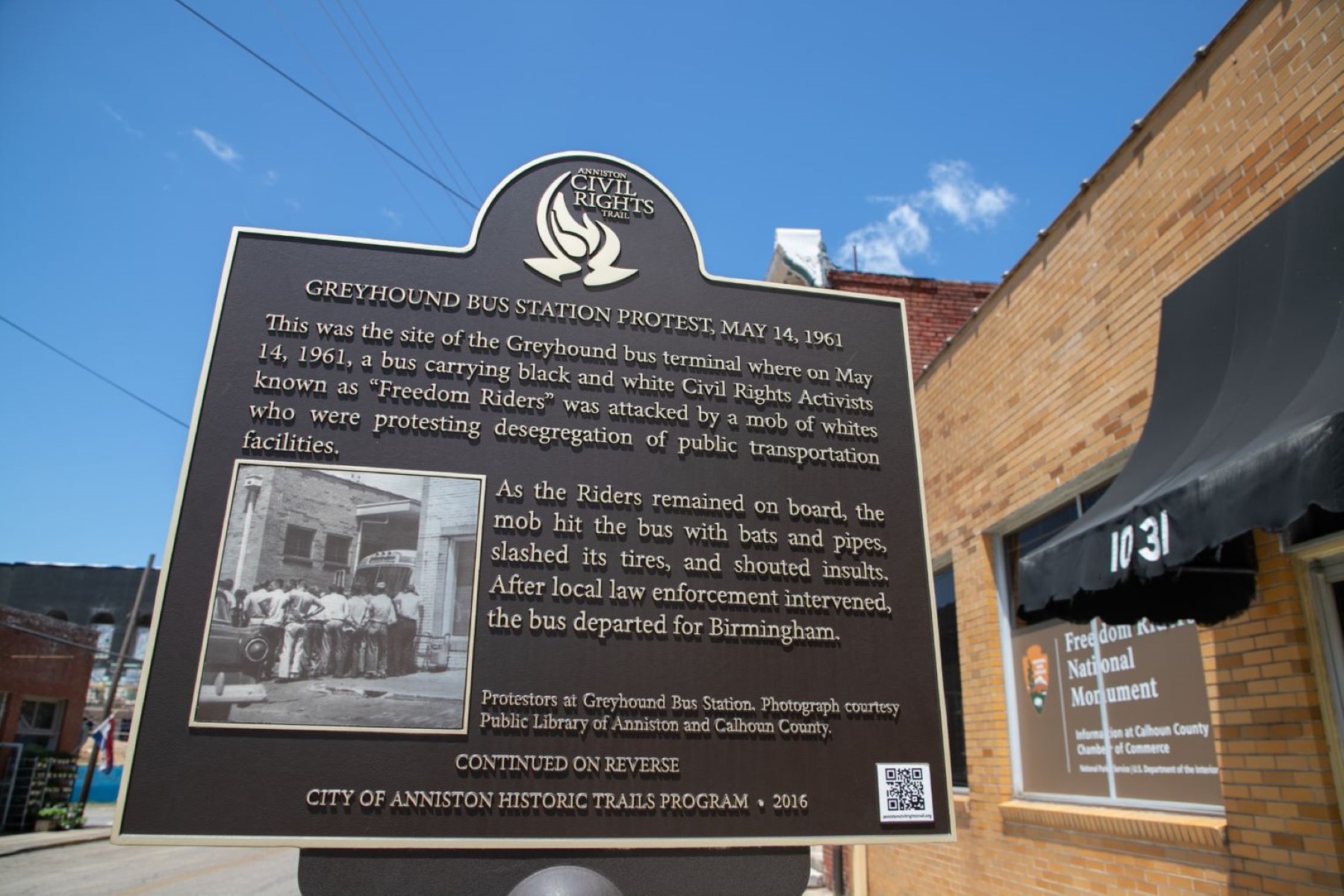
|
| Tours |
Count: 1
The Model City Walking TourTake a stroll through 100 years of Anniston history and learn about some of the people, places, and changes that have shaped the "Model City" from its founding in the 1870s through the integration efforts of the Bi-Racial Human Relations Council in the 1960s. The "Model City" Walking Tour route is about two miles long and includes seven stops throughout downtown Anniston. For the full experience, listen to the tour's interpretive audio, or follow along with the accompanying transcript. |
| Articles |